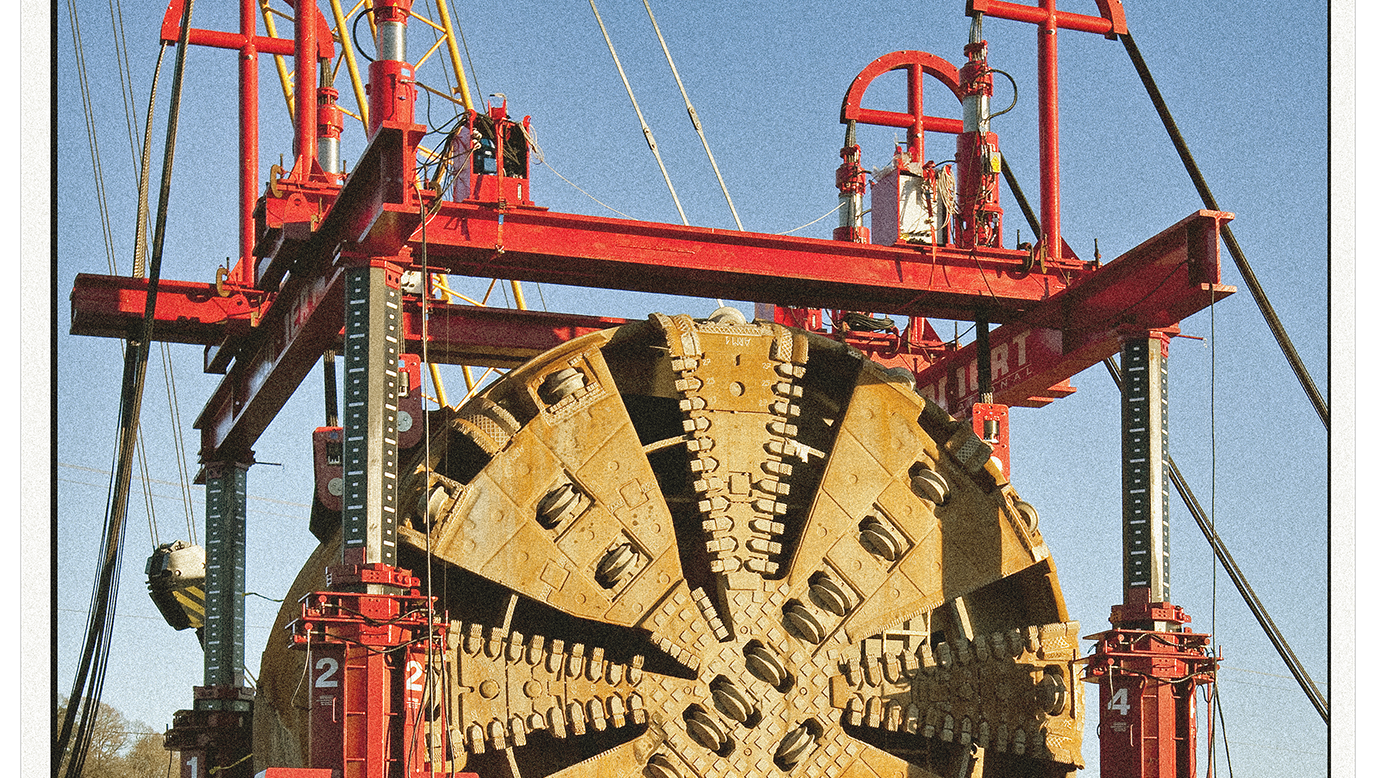For decades, Portland lived with a dirty little secret. The eco-friendly city, so proud of its bike paths and recycling bins, was a seething vortex of water pollution. With every storm, the antique sewer system dumped vile torrents of runoff and sewage straight into our rivers. The city made some improvements in the 1980s, but still saw roughly 50 spills (officially known as “combined sewer outflows”) a year, dumping an average of 6 billion gallons of yuck into the Willamette and the Columbia Slough.
In 1991, environmentalists sued Portland for violating the Clean Water Act, prodding the city to embark on a gargantuan, $1.4 billion, 20-year project to overhaul the sewers—a vast labyrinth of pipes, some more than a hundred years old, branching deep beneath the streets like a giant, demented rhododendron.
The first step was to prevent stormwater from entering the system in the first place. The city worked with eastside property owners to disconnect 56,000 downspouts and divert flow into yards and gardens. Tanner Creek, which had been absorbed into the system in the 19th century, was rerouted. The city built hundreds of bioswales and rain gardens along streets and sidewalks to absorb runoff.
The Big Pipe itself was built in three sections. First up was a colossal conduit rimming the Columbia Slough. Next came the titanic tube running beneath the west bank of the Willamette and tunneling under the river to Swan Island. Last came the mother of all pipes, the gargantuan, galaxy-sucking gullet spanning 6 miles along the east bank of the Willamette, notching 22 feet in diameter—wide enough to swallow a double-decker bus with room to spare.
When the system finally went live in 2011, it was one of the biggest engineering projects the city had ever accomplished, even though most Portlanders never noticed—the pipe ran 120 feet underground.
“The big pipe is a gigantic achievement,” says Dawn Uchiyama, director of the city’s Bureau of Environmental Services. “But it’s just a piece of the puzzle. It would never work without nature-based solutions like wetlands, greenspaces, parks, and trees.”
Go with the flow: The Big Pipe’s impact on the rivers has been dramatic. CSOs still happen, but only during the biggest storms—the city recorded four last year. The best way to see the difference, however, is not to squint at a graph, but to get out on the water. Next summer, join the paddleboarders, kayakers, waders, and swimmers connecting with a downtown river that sparkles with life.
Next Story > 2013: Portland Thorns
 Opens in new window
Opens in new window
